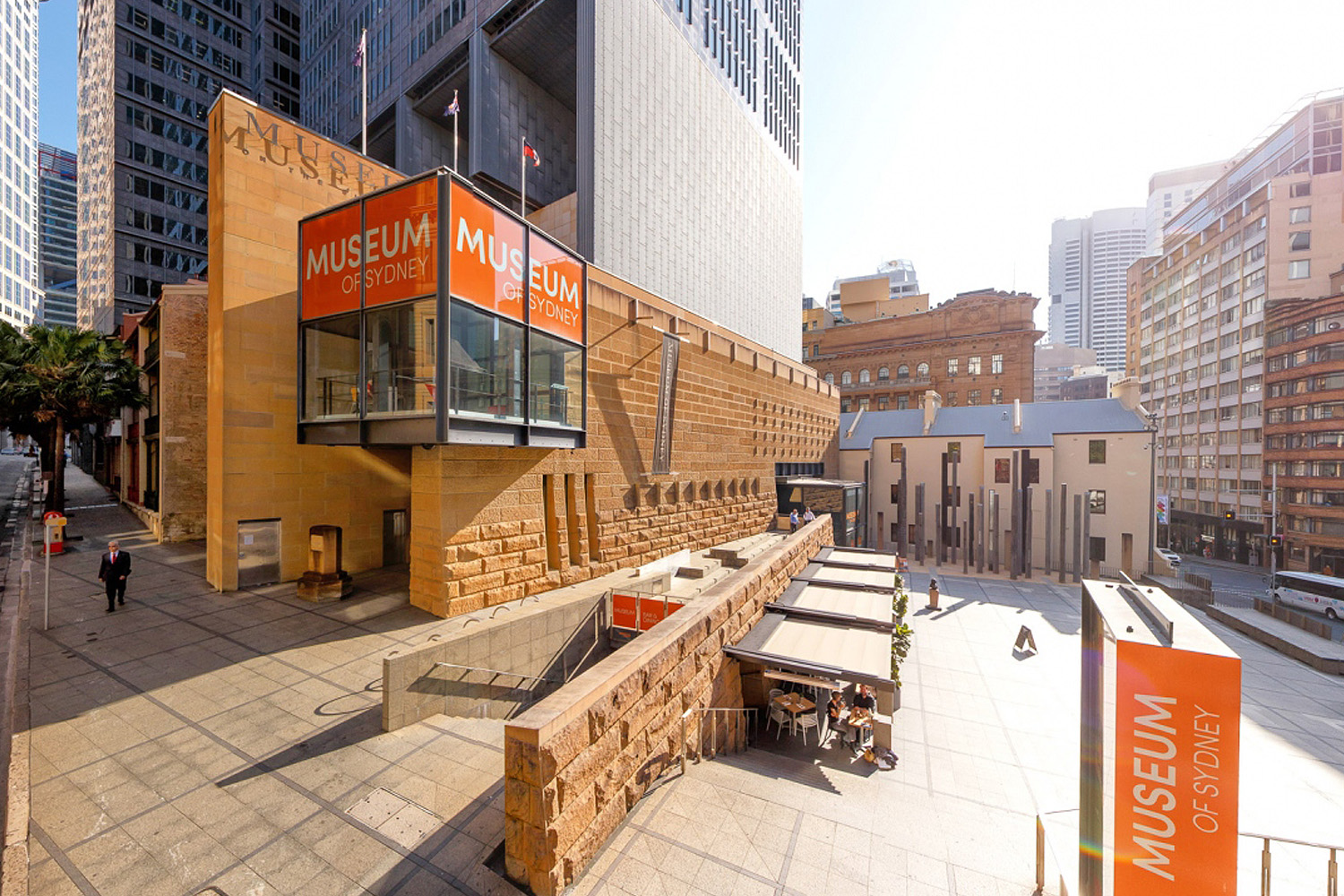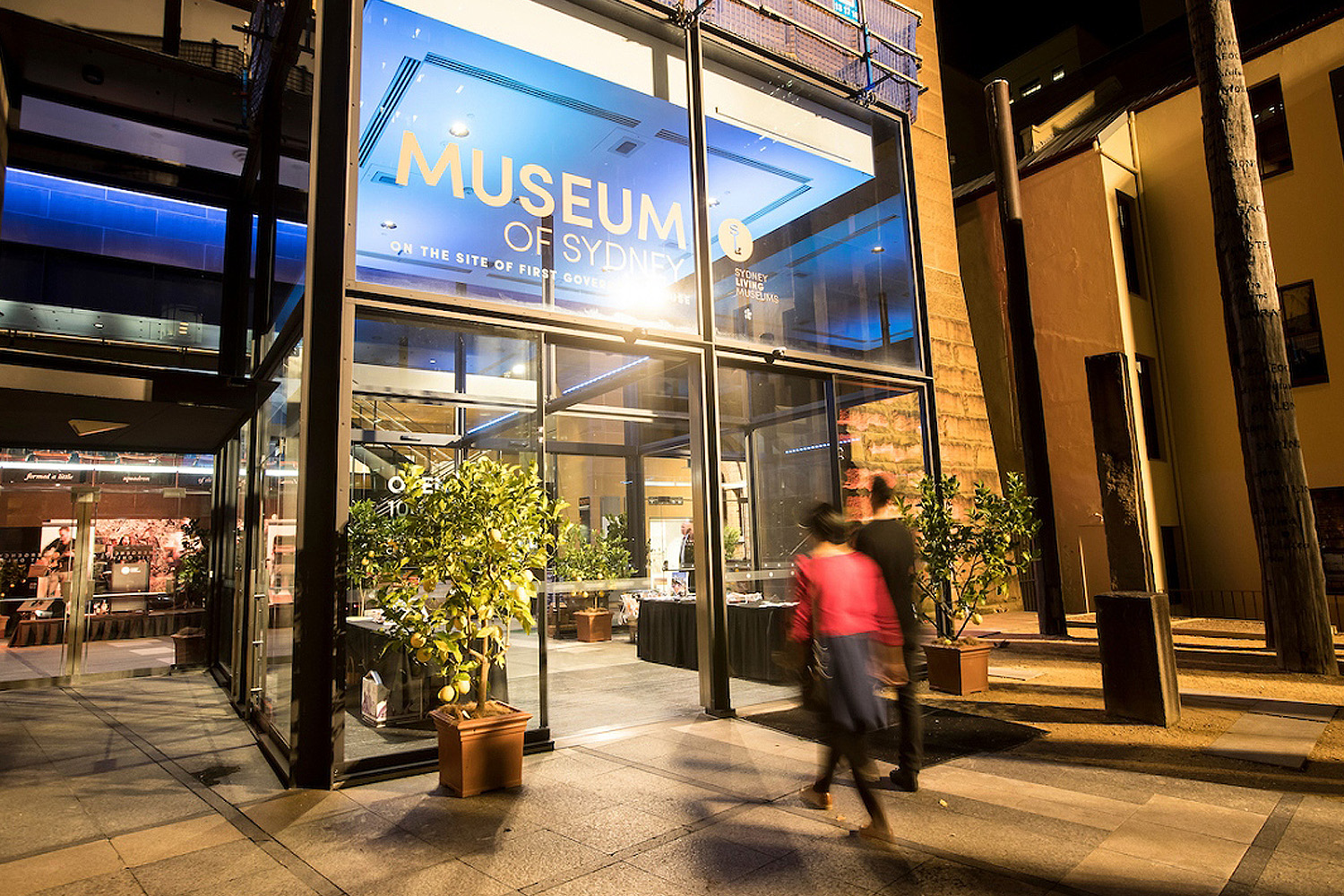- Activities
- Sydney
- Museum of Sydney General Admission Only
Museum of Sydney General Admission Only
Museum of Sydney
- Sydney
- Flexible, up to 2 hours
- 24 Working Hours Confirmation
Standard Inclusions
- Admission to Permanent displays
1 Key Facts
Included
- Admission to Permanent displays
Not included
- 1. Special exhibitions
- 2. Transport from/to hotels
- 3. Food & beverages not listed as Inclusions
- 4. Souvenirs
- 5. Travel Insurance
| Destination | Sydney | |||||||||
|---|---|---|---|---|---|---|---|---|---|---|
| Address | Cnr Bridge St & Phillip Sts, Sydney NSW 2000 | |||||||||
| How to get there | ● By public transport Circular Quay is the closest Train Station, which is also serviced by buses and ferries. Please check the Transport NSW timetables (https://transportnsw.info/) for more details to plan your trip. ● By Car There is NO parking at the museum, and street parking is very limited. The nearest carpark is Governor Phillip & Macquarie Tower. Enter from Young Street / Farrer Place. Visitors are advised to check parking rates. |
|||||||||
| Operating hours |
|
|||||||||
| Other info | ● Children (0 - 15 years) must be accompanied by an adult ● Umbrellas and bags over handbag size must be cloaked. ● You are welcome to take photos except where signs indicate there are restrictions on photographing specific works and objects. |
2 Overview
Museum of Sydney Admission Only
Museum of Sydney
A modern museum built over and around the remains of Australia’s first Government House, the Museum of Sydney celebrates the people and events that have shaped the character and soul of this city. In 1788 Governor Phillip chose this site for his official residence. It quickly became the centre of the colony’s administrative and social life, and an important focus of first contact between the Gadigal people and the colonisers. The next eight governors also lived here, and as banquets and balls, the business of government and family home merged, the public and private lives of the colony’s leading citizens played out. Today, through a diverse and changing program of exhibitions and events, the Museum of Sydney explores the stories of this city from its origins to today, while the remains of the original building can be glimpsed through glass openings in the museum forecourt and foyer.
Permanent Displays
- Yura Nura: People & Country
Yura Nura: People & Country presents contemporary Aboriginal reflections on the history of Sydney and colonisation.
This permanent display provides a glimpse into the complex relationship between this significant site and Aboriginal peoples and land, then and now. A film explores key events in the early years of the colony and includes personal reflections on the impacts still felt by Aboriginal people today. Three artworks by Gordon Syron, a Worimi/Biripi man from the Mid North Coast of NSW, offer a contemporary artistic Aboriginal interpretation of the arrival of the First Fleet in Sydney Cove in 1788. These works challenge the British idea of 'nobody's land' and explore the impacts of first contact and the continued colonisation of Australia.
- Edge of the Trees
Edge of the Trees is a site-specific piece commissioned for the forecourt of the Museum of Sydney at its opening in 1995. The installation was created by artists Fiona Foley and Janet Laurence. Their award-winning public art installation evokes the cultural and physical history of the site, before and after 1788: a pivotal turning point in our history, when contact and invasion / colonisation took place.
- First Fleet ships
In 1788, after more than eight months at sea, the First Fleet landed, transporting some 1500 people to set up a new penal colony for Britain at the far end of the earth. This display explores the journey, arrival and first contacts of this fleet's largely unwilling human cargo. The First Fleet models on display at the Museum of Sydney were built by modelmakers Lynne and Laurie Hadley following nine years of painstaking research into original plans, drawings and British archival documents. Each ship is built on a 1:48 scale, from western red cedar or Syrian cedar.
- Sydney Visionaries
Cities are collective enterprises, reflecting the decisions, dreams and lives of innumerable citizens, past and present. This display recounts the stories and legacy of ten individuals who through intellect, determination and passion, had a dramatic influence on Sydney's natural and built environment.
- Gadigal Place
The Aboriginal people who encountered the First Fleet in 1788 belonged to a sophisticated and culturally diverse population whose ancestors had lived in this region - now called Sydney - for at least 60,000 years.
3 Policy
Cancellation Policy
All sales are final and incur 100% cancellation penalties.



